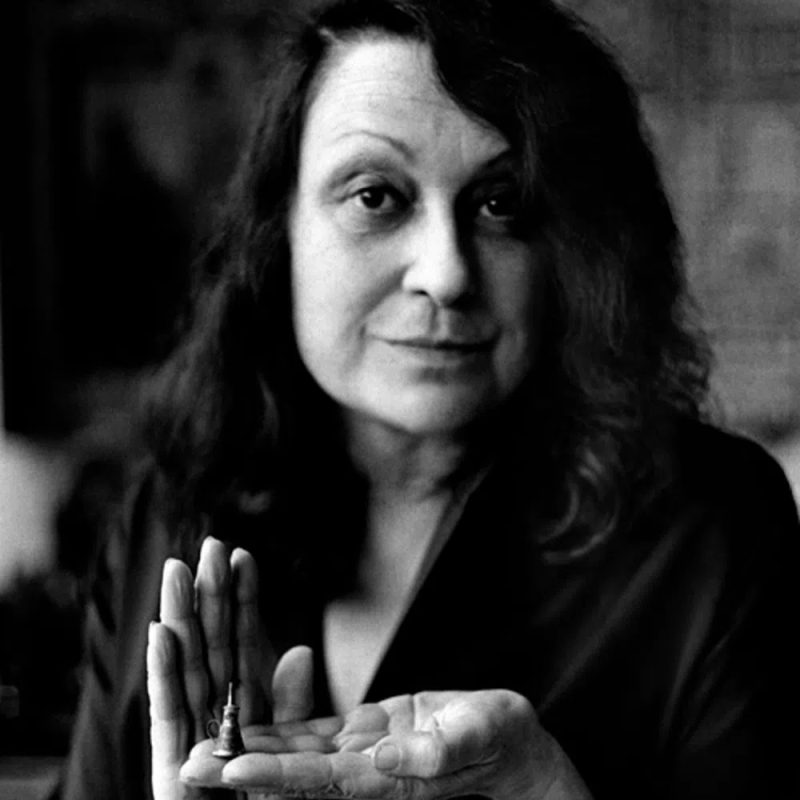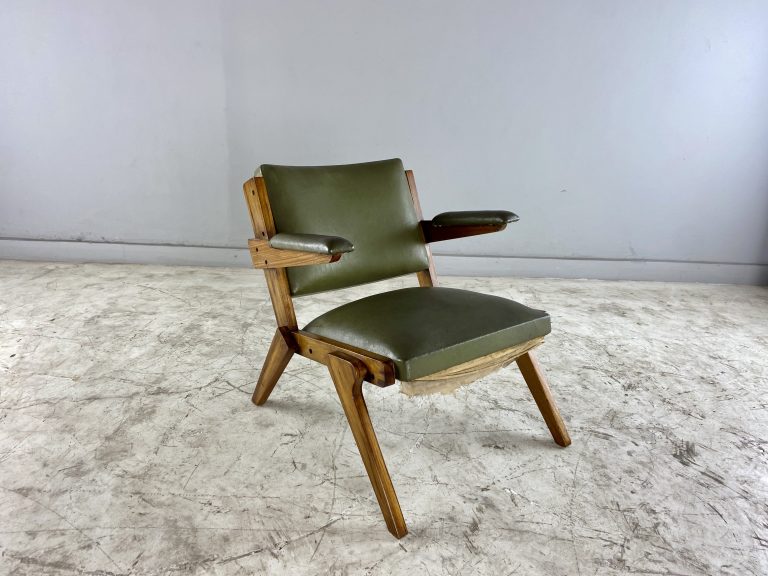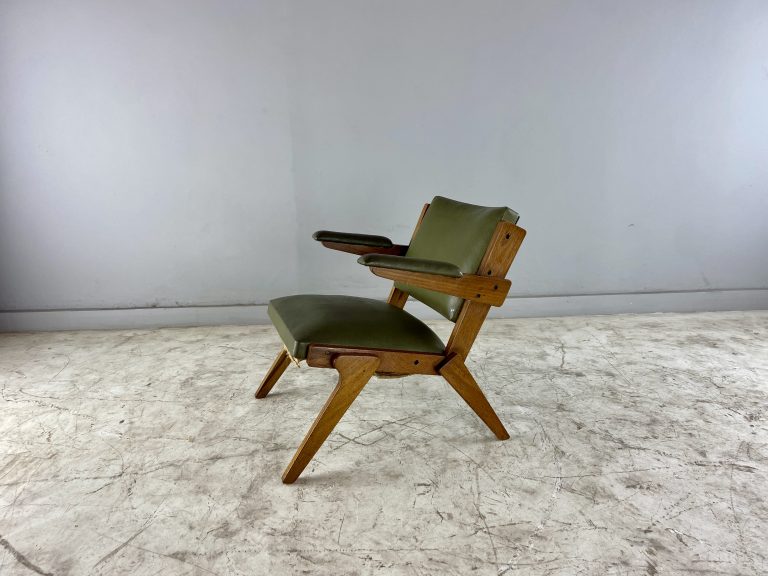Architect, designer, set designer, editor, illustrator.
After studying drawing at the Lycée Artístico, Achillina Bo Bardi graduated in 1940 from the Faculty of Architecture of the University of Rome. The faculty, directed by the traditionalist architect Marcello Piacentini (1881 – 1960), favors a historical-classicizing tendency, which Lina calls “aulic-stylistic nostalgia”. In disagreement with this orientation valued by fascism, predominant in Rome, she moved to Milan, where she worked with the architect Gió Ponti (1891 – 1979), leader of the movement for the appreciation of Italian craftsmanship and director of the Milan Triennale and the magazine Domus. . In a short time, she herself began to direct the magazine and to act politically, integrating the resistance to the German occupation during the Second World War (1939-1945), and collaborating with the Italian Communist Party – PCI, then clandestine.1 Still in Milan, she founded , alongside the critic Bruno Zevi (1918 – 2000), the magazine A-Cultura della Vita.
In 1946, after the end of the war, she marries the critic and art historian Pietro Maria Bardi (1900 – 1999), with whom she travels to Brazil – a country in which the couple decides to settle, and which Lina calls ” my homeland of choice.”2 The following year, Pietro Maria Bardi was invited by journalist Assis Chateaubriand (1892 – 1968) to found and direct the Museu de Arte de São Paulo Assis Chateaubriand – Masp, in São Paulo. Lina designs the museum’s installations, in which the wooden and leather folding chair for the auditorium stands out, considered “the first modern chair in Brazil”. In 1948, with the Italian architect Giancarlo Palanti (1906), she founded the Studio d’Arte Palma, aimed at manufacturing furniture made of plywood and “popular Brazilian” materials, such as calico and leather. His most effective insertion in the national architectural environment was initially due to his editorial performance, when he created, in 1950, the magazine Habitat, which lasted until 1954. In 1951, he designed his own residence, in the Morumbi neighborhood, in São Paulo, nicknamed the “glass house”, and considered a paradigmatic work of artistic rationalism in the country. This prominent role is completed in 1957, when she begins the project for the new headquarters of Masp, on Avenida Paulista (completed only in 1968), which keeps the gazebo square open on the ground floor, suspending the building with a bold span of 70 meters.
In 1958, she moved to Salvador, invited by Governor Juracy Magalhães to direct the Museum of Modern Art of Bahia-MAM / BA. In the capital of Bahia, he also carried out the restoration project for the Solar do Unhão, a 16th-century architectural complex listed in the 1940s by the National Historic and Artistic Heritage Service – Sphan, and creatively interacted with a number of important avant-garde artists, such as French photographer and ethnologist Pierre Verger (1902 – 1996) and filmmaker Glauber Rocha (1938 – 1981). Back in São Paulo after the military coup, in 1964, she incorporated in her projects the legacy of the Northeast season in the form of a radical “experience of simplification” of language. From then on, her work decisively assumes the character of what she qualifies as “poor architecture”. Important examples of this last phase of his career are the museographic supports of the exhibition A Mão do Povo Brasileiro, 1969, made of second-class pine boards; the Sesc Pompéia building, 1977, adaptation of an old drum factory; and the Teatro Oficina, 1984, a construction that dissolves the rigidity of the stage-audience relationship by creating a theater-floor, like a sambadrome.





